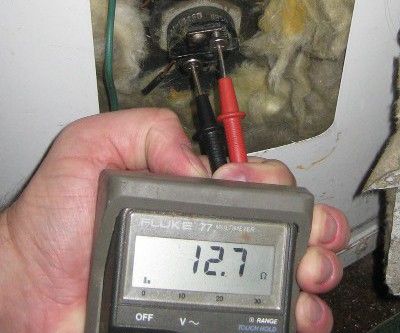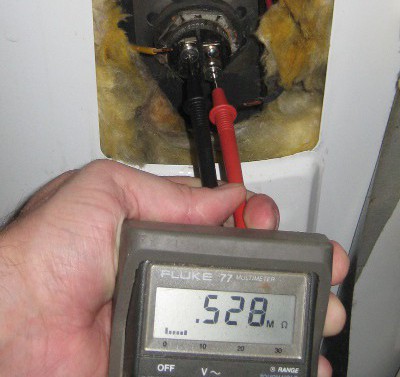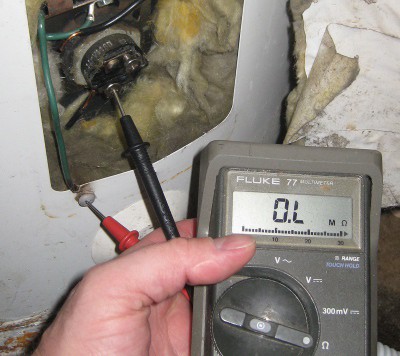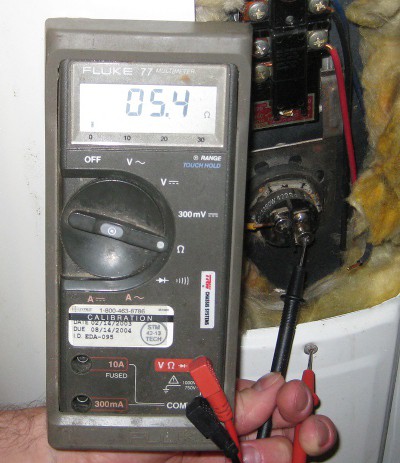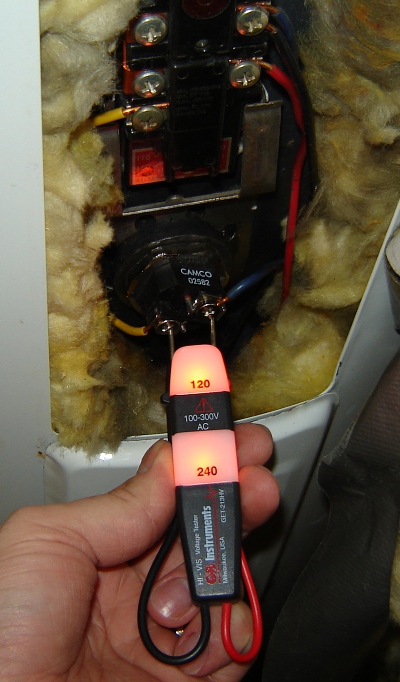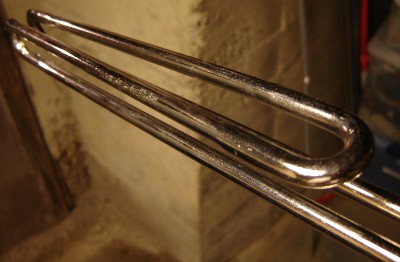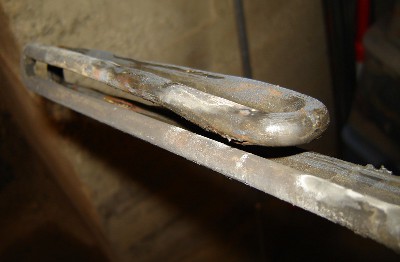Water Heater Repair, Part 2
Sep
9
2010
This post is where I expand on step 1 from my earlier post on how to fix a water heater.
You need a multimeter. You must be able to measure resistance somehow. I know, it’s futile. Just ignore the bellowing guard.
Here goes:
Check for a failed element
- Disconnect both wires from the heating element. Measure the resistance across the element (from one screw to the other). It should be a dozen ohms or so.
- Repeat for the other element.
- If either one is zero or a large number, that element is bad.
Check for a failed connection
- With the wires still disconnected, measure the resistance between the element and the tank. It should be an open circuit (or a really really large number).
- Repeat for the other screw and then for the other element.
- If either one is a low number, then something is bad. It’s probably the element.
Check for a failed thermostat
- Connect everything back together like it was. Do this only if your elements were fine. Then turn on the power and be careful.
- Now you need to measure voltage. A multimeter will work, or you can use a dedicated AC voltage tester.
- You must cause the water heater to think it needs to heat water. Turn on the hot water at some faucet, or turn up the thermostat setting very high.
- Measure the voltage across the two screw terminals of the heating element. You should have 240V (or 120V, whatever you’re wired for).
- Turn down that thermostat and turn up the other one.
- Now measure that element’s voltage.
- If you never get voltage to an element, then the thermostat is bad.
- Note that the upper thermostat can prevent the lower thermostat from working. If you’re electrically inclined, you can re-wire the lower thermostat to take power directly from the line, rather than through the upper thermostat.
And, in case are wondering if you can tell just by looking if a water heater element is good or bad – yes, you usually can.
Good:
Bad:
Look for things like splits or cracks in the metal:
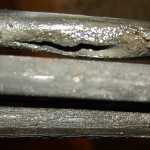
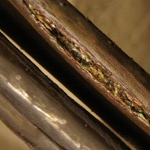
One more post coming soon – how to unscrew the heating element.
But the day of the Lord will come like a thief, in which the heavens will pass away with a roar and the elements will be destroyed with intense heat, and the earth and its works will be burned up.
2 Peter 3:10




This little article thingy was written by Some Guy sometime around 6:38 am and has been carefully placed in the Projects category.

 This is Alpha, the first-born, when he was 2YO.
This is Alpha, the first-born, when he was 2YO. This is Beta, the second-born, when he was about 2YO.
This is Beta, the second-born, when he was about 2YO. This is Gamma, the third-born, when he was about 18MO.
This is Gamma, the third-born, when he was about 18MO.
